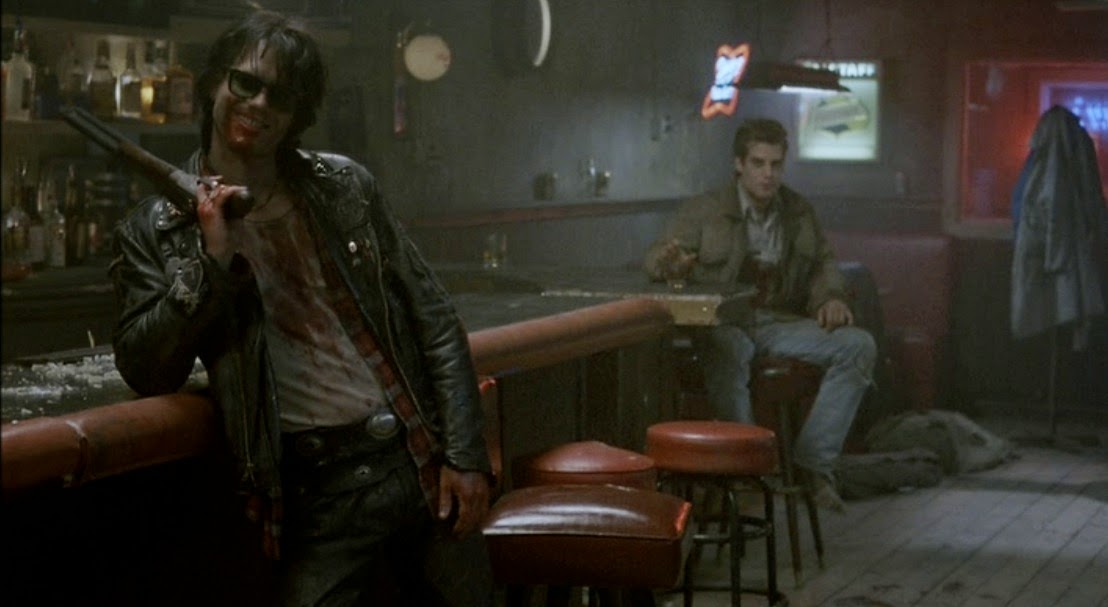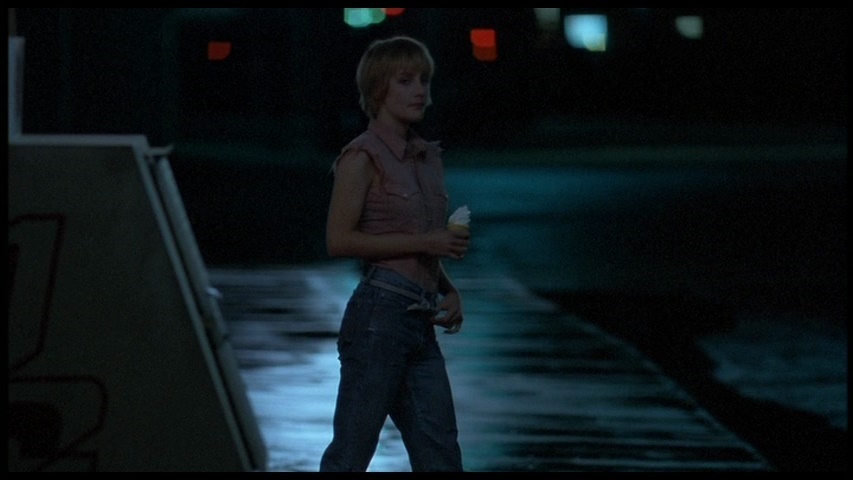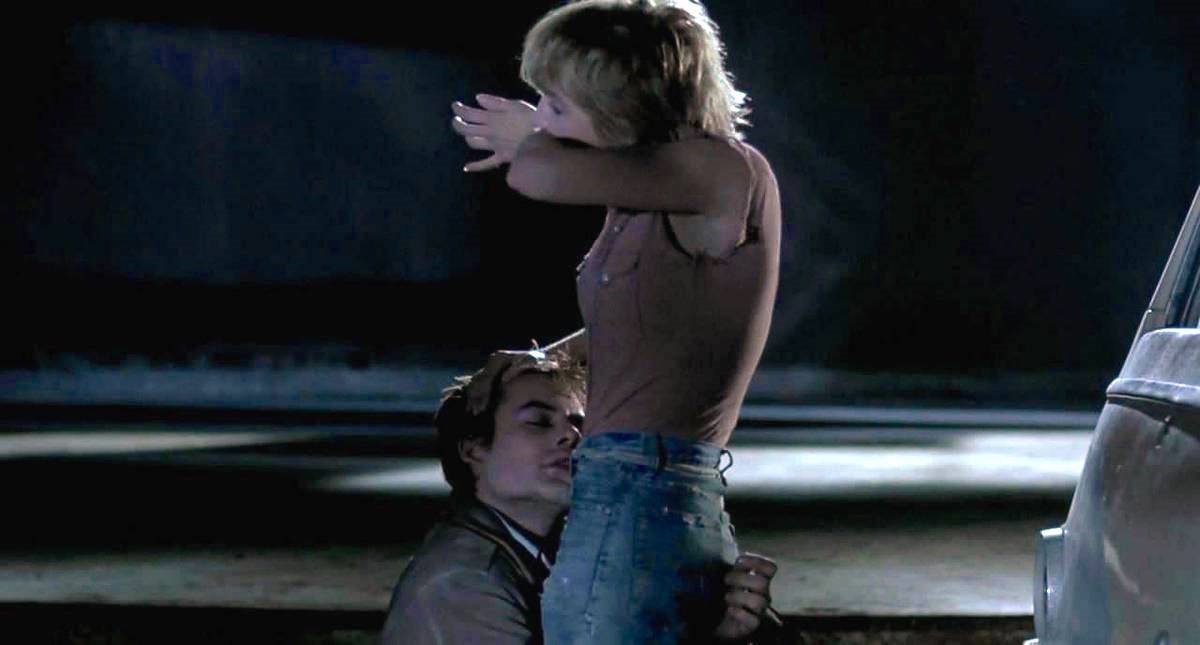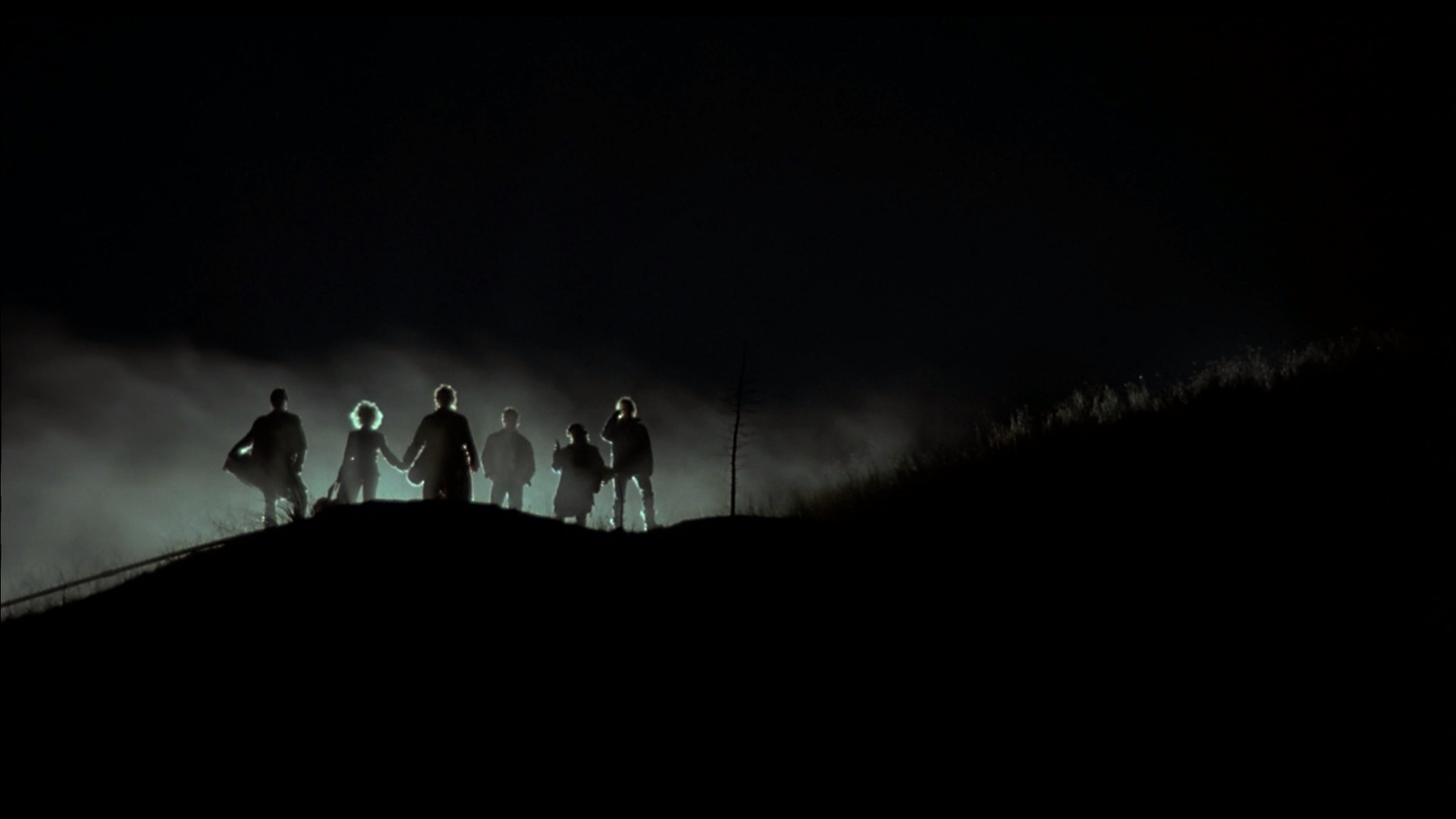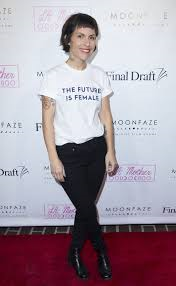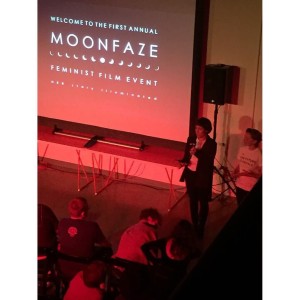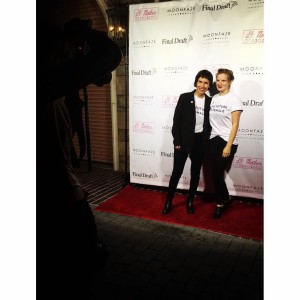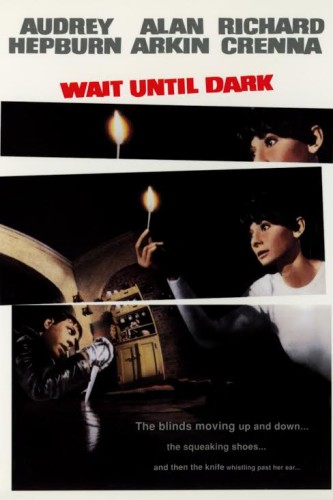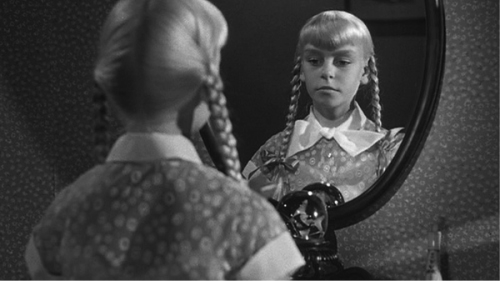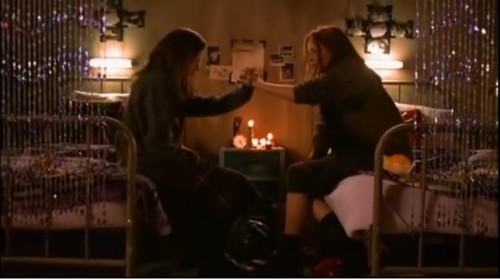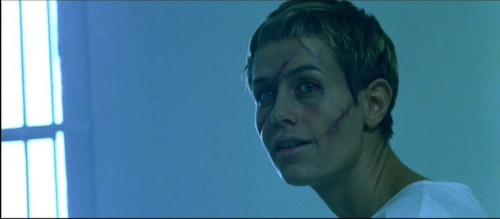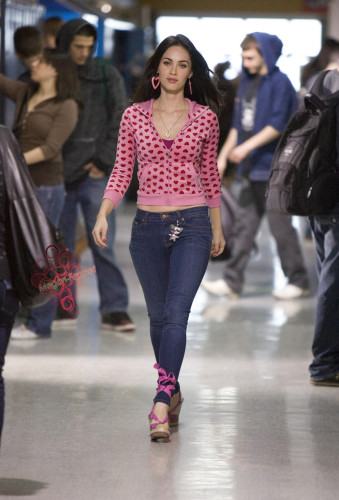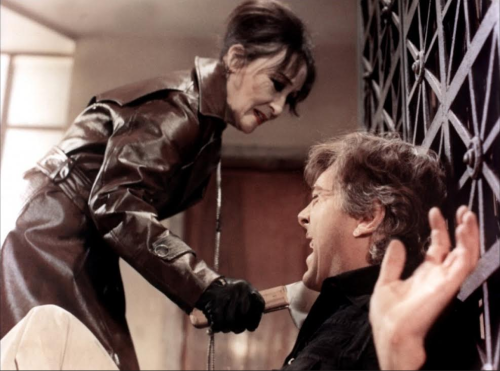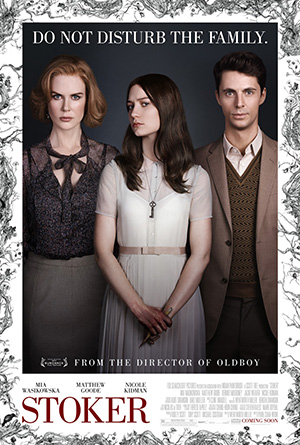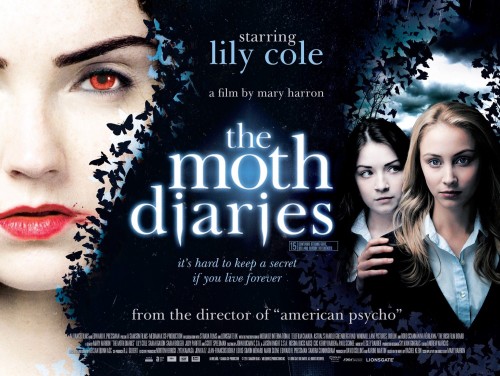This guest post written by Horrorella appears as part of our theme week on Women Directors.
In his 1981 non-fiction work Danse Macabre, Stephen King noted that, “Carrie is largely about how women find their own channels of power, but also what men fear about women and women’s sexuality.” That statement is as true in the 21st century as it was in the 1970s, and was directly illustrated in the production of the 2013 adaptation.
The horror community was very divided when MGM and Screen Gems first announced that they would be producing a remake of Carrie. After all, this would be the third direct adaptation of the material following Brian de Palma’s 1976 film and a made for TV movie from 2002, directed by David Carson. In our current culture of remakes, reboots and sequels, fans are experiencing a bit of fatigue when it comes to repackaging known quantities over developing original ideas. De Palma’s film is still considered a classic and is very well respected within the genre, so naturally people began to question just what would make this version different from the ones we had already seen.
Enter Kimberly Peirce. Working from a script developed by Roberto Aguirre-Sacasa, the involvement of the director of Boys Don’t Cry instantly made a new adaptation much more appealing. It offered the promise of a new perspective by inviting a woman to helm this story of female adolescence and horror. Carrie is a terrifying and compelling story, but there is certainly something to be gained and perhaps a certain truth to be found in watching the pain of her journey into womanhood as told by a woman director. Particularly, given how underrepresented women are in the industry in general, and specifically in horror.
Despite Carrie‘s promise, we were largely disappointed by the final product. Reviews were mixed, audience reaction was largely negative, and the film garnered a mere 48% on Rotten Tomatoes. Forty minutes were reportedly cut at the request of the studio, and though there were a few changes here and there, the story remained largely the same, following Lawrence D. Cohen’s original script beat for beat. Notable exceptions included the way the film built the relationship between Carrie (Chloe Grace Moretz) and her mother, Margaret (Julianne Moore), making their interactions much more tender and driven by love (albeit, a rather abusive and misguided love) than they were in either the book or in previous film adaptations, as well as more thoughtful symbolism in the role that blood played throughout the film.
One of the many disappointments was the ending of the film. Brian de Palma broke new ground with his shocking finale, which featured a remorseful Sue Snell (Amy Irving) visiting the remains of the house where Carrie White (Sissy Spacek) died after the slaughter at the prom. As Sue leans forward to lay flowers at the base of a “For Sale” sign, serving as a makeshift tombstone, a bloody hand shoots up out of the earth and grabs Sue’s arm. Audience members were terrified and that scene continues to replicated to this day, marking its place in the history of horror cinema.
The ending of Peirce’s version, again, at the behest of the studio, features a similar scene, showing Sue (Gabriella Wilde) walking towards Carrie’s grave as a voiceover lays out the final sentences of her testimony of the events of the prom, stating that people can only be pushed so far before they break. As she lays a single rose on the grave and turns to go, the ground begins to shake and the tombstone cracks, illustrating the breaking point that Carrie was pushed to and past at the hands of her classmates and tormentors.
It’s not a horrible ending thematically, but it does cause the film to end on a rather uninspired note, especially when compared to its cinematic predecessor. If there is one thing audiences expect from the story of Carrie, it is a strong finish, and this film just fizzled in its final moments. The frustrating thing is, it didn’t have to be this way.
In September, 2014. Peirce gave a talk at AFI Directing Workshop for Women’s 2014 Showcase which was later examined in an article at io9. She discussed the filmmaking process and how her original ending was a bit more intense, and ultimately much more fascinating.
After showing Sue laying a flower on Carrie’s grave, the film jumped forward in time to a delivery room, and a very pregnant Sue laying on the table, about to give birth to the daughter that Carrie had foreseen in her final moments of life. Terrified and panicking, Sue tries to explain to the hospital staff that something is wrong. They try to calm her, telling her to take a deep breath and prepare for one final push. As she focuses her energy, instead of a tiny, screaming infant we see a large, bloody arm, belonging to a fully grown woman (presumably Carrie) making its way out of Sue’s body and back into the world itself. The scene then reveals itself to be a dream as Sue’s mother attempts to wake her from her horrific nightmare, mirroring the final moments of the de Palma ending.
https://www.youtube.com/watch?v=9kGJGQZIduo
This scene is fantastic for a variety of reasons. It is scary, it is certainly unexpected, and within the confines of Peirce’s story, it is elegantly poetic. The film opened with Carrie’s birth, featuring Margaret alone in her home, delivering the infant. Carrie being reborn into the world at the end (even within the confines of a dream sequence), bookends the events of the story nicely. It also casts a dark shadow over the remainder of Sue’s life, indicating that despite any kind actions in an attempt to make amends, Sue will be forever haunted by the role that she played in Carrie’s torment. Additionally, from a more practical standpoint, it gives Carrie’s knowledge of Sue’s pregnancy more of a purpose in the narrative. This would have been a clever and strong ending to a film, helping to set it apart from other adaptations and giving it a certain elegance unto itself.
The problem came when male studio representatives tried to come to terms with exactly what this ending would mean and how they could execute it. Though they agreed that it would be scary and unexpected, they had a terribly hard time articulating just what the scene meant or how it could be achieved. In fact, they had a difficult time discussing the scene at all. Says Peirce:
“When one guy started forming a sentence that should have included the word ‘vagina,’ he would just stop. ‘So when you have to shoot the hand coming out of the, uh, the, uh,…’ and then there was just silence. And giggles. And finally it came out: ‘the Vajayjay.’ (The Vajajay? Really?) ‘The cooter, the hole,’ other euphemisms.”
The voices involved were so terrified of even saying the word “vagina,” it’s no wonder they were feeling trepidation of having one in or even near the final scene of the film. And let’s face it – babies come from vaginas, so there was no way this birthing scene was going to happen properly without at least the implication that one was involved. And really, when you look at the nightmare scenario that is a tormented, angry, telekinetic teenager being reborn, the vagina itself should not be the scary part of that scene.
Despite their fears and stammering, Peirce was given the go-ahead to shoot some test footage of her idea. She storyboarded and filmed a three-quarter body prosthetic from every possible vantage, examining and testing a variety of different ways to execute this shot – from above, from the side, form various angles, and yes – even a straight-on shot aimed directly at the vagina itself.
Peirce continues:
“Finally I was having a production meeting, and the guy who hadn’t been able to say the word ‘vagina’ said it. A few times. Proudly. “So you’ll shoot towards the, uh, vagina? But not at the vagina?” And then, excitedly, ‘Can you believe we’re all at a work meeting, saying the word ‘vagina’?'”
Bravo, buddy.
Ultimately, although her ending tested well, the studio decided that it would just be too polarizing and went with the much more sterilized, uninteresting ending taking place in the graveyard.
As Peirce notes in her speech, women in film are fighting a constant battle to be heard among their male peers, and it is important to recognize and celebrate the small victories. Though she was unable to complete the film the way she wanted to make it, thanks to a perplexing fear of getting too up close and personal with the female anatomy, it is important to note that she was given the resources and the support to make this film at all. And even though the birth ending was ultimately cut, the studio did encourage her to give it a try, and a completed version of the scene is available as an alternate ending on the film’s Blu-Ray release.
But even in the face of these small victories, we have to wonder how the film would have been different had Peirce been allowed to tell this story without being inhibited by the fear and discomfort of the male voices around her. There is a certain amount of give and take to the creative control of any mainstream film production – the studio is interested in making sure the story appeals to the widest audience possible, and it is not uncommon for decisions to be made to serve that interest more than the creative drive of artists behind the picture.
But, as Peirce’s story illustrates, women filmmakers are more likely to be affected by decisions based around gender rather than simply a financial bottom line. Her discussions with various producers and studio execs demonstrate how this incident went beyond simply trying to get a specific rating or go for a certain tone. They were physically uncomfortable even saying the word, let alone entertaining the notion that a vagina could be directly involved in one of the scenes of this movie – even if it was not explicitly shown.
Art and finances quite often go head to head when it comes to decisions that will affect the final cut of a production, but with all of the hurdles that woman face in the film industry, having to make decisions and changes based around feminine content should not ever have to be one of them. I would like to see the executive who was oh so proud of himself for finally making it through the uttering of “vagina” without stammers and giggles to now take the next step of not being afraid to have a film go near one in the first place, and to allow these women to tell their stories onscreen.
https://www.youtube.com/watch?v=wrQu2TlGYwQ
See also at Bitch Flicks: The Blood of ‘Carrie’; Controlling Mothers in ‘Carrie,’ Mommie Dearest,’ and ‘Now, Voyager’
Horrorella has written about film for Ain’t it Cool News, the Women in Horror Annual and on her blog at horrorella.com. She geeks out incessently over movies, television, comics and kitties. You can gab with her on Twitter @horrorellablog.


